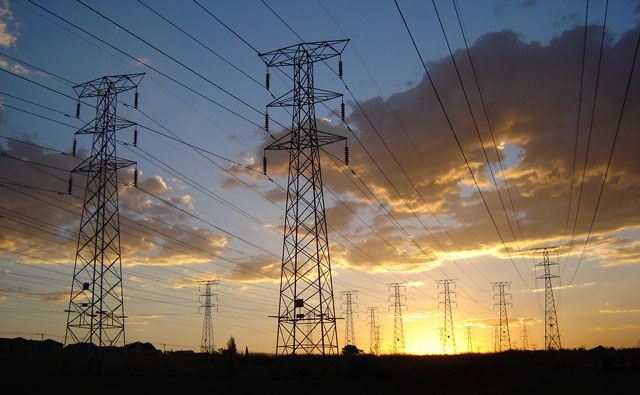
South Africa’s energy crisis is fast forming a silver lining for investors on the JSE, with another company, Hulisani, listing as a special purpose acquisition vehicle (SPAC) on the main board on Thursday.
The company will begin life with a net asset value of R500m, following the listing of 50m shares at R10/share. The listing has been well supported by institutional investors, with the Eskom Pension and Provident Fund (33,3%) and the Government Employees Pension Fund (14,6%) the largest shareholders.
An SPAC enables a company to effectively list as a cash shell, with strict rules ensuring the company invests in operating assets within two years. To ensure directors are aligned with shareholders, they are required to stump up a sizable portion of the cash themselves — in this case R25m.
But one of the reasons Hulisani has been established has been due to the energy crisis the country has endured in the last eight years, and in particular the response by the department of energy that has opened up opportunities for the private sector to sell power to the embattled state utility, Eskom.
This saw the rapid development of the renewables energy programme and, more recently, the independent power producer programme which will see coal and gas projects introduced to the energy mix. Many of these assets have been built and operated by developers on the back of a power purchase agreement signed with Eskom for a period of up to 20 years, and which is implicitly guaranteed by national treasury.
Hulisani boasts a board of directors with a formidable set of asset management skills, beginning with CEO Malungelo Zilimbola, the founder of Mazi Capital. The chief financial officer is Mark Booysen, who has extensive corporate finance skills, and Asanda Notshe, nonexecutive director, who is also a portfolio manager and director of Mazi Capital. The other founder of the company is a technical expert in the form of Marubini Raphulu, who is the chief investment officer.
“We have established Hulisani because we think there are opportunities to invest in energy assets that provide long-term, stable returns, that adjust for inflation and which are backed by a government guarantee,” says Notshe, who adds that outside of Sasol, there are very few opportunities to invest in energy on the JSE.
The company’s investment strategy has two pillars. The first is to invest in assets that generate stable cash flows and returns. “With experience as financial investors, we meet people wanting to sell assets. One of the key responsibilities/competencies we think we have is the ability to find targets for the pipeline and then evaluate the opportunities, and be able to acquire them at the right price,” says Notshe.
The company aims to take minority stakes in the investments, partnering with operators and allowing them to recycle capital into new projects.
Initial returns will typically be a premium above inflation, like that represented by the consumer price index (CPI). “We expect to acquire these assets with returns in the CPI plus 4-7%/annum range,” says Notshe. But Notshe expects that as more companies begin to compete for these assets, the returns on offer will come down. This is where the second part of the first pillar comes into play.
“We will also look to partner with developers and provide financing, thereby securing Hulisani exposure to new projects where the returns are more attractive.”
The second pillar of the investment strategy is to be able to introduce gearing to the assets at the holding company level. “We believe we can raise the returns over the CPI plus 4-7% range by utilising the skills of our chief financial officer — Mark Booysen — who has expertise in structuring debt instruments like this for Rand Merchant Bank. So by utilising the skills we have, we believe we can deliver shareholder value,” says Notshe.
The rest of the continent is also constrained by energy, and the path Hulisani takes will ultimately lead to investments in the rest of the continent. According to Notshe, this will provide the company with the ability to diversify the pool of assets by geography, currency and technology — like hydro for instance. Investors would be able to get exposure to income streams in hard currency because many projects on the continent are priced in US dollars, which would certainly catch the attention and respect of investors.
- This article was originally published on Moneyweb and is used here with permission




